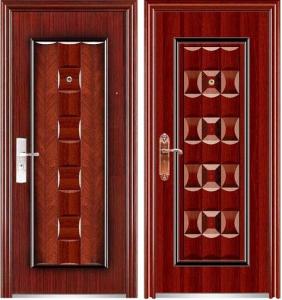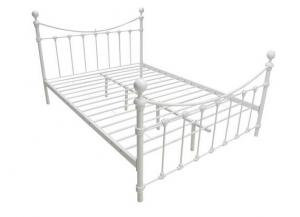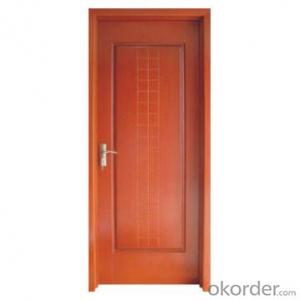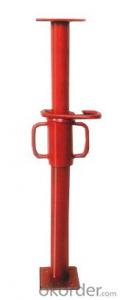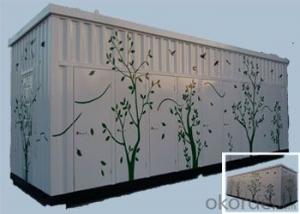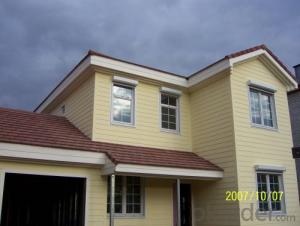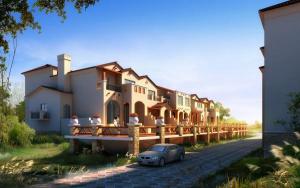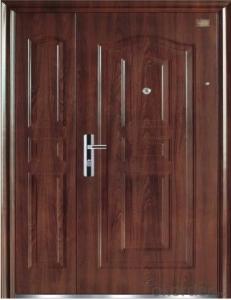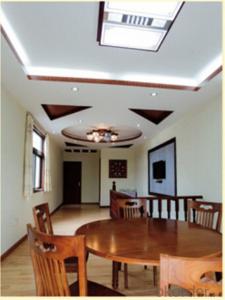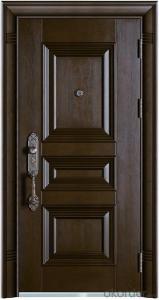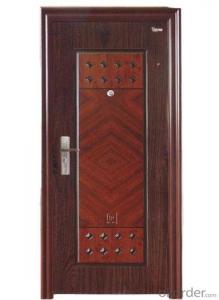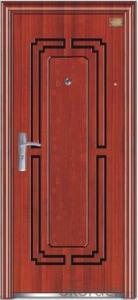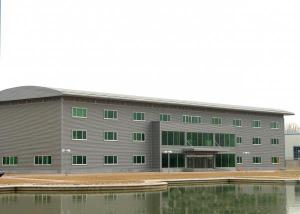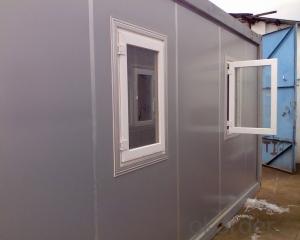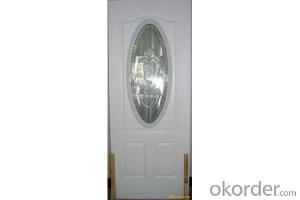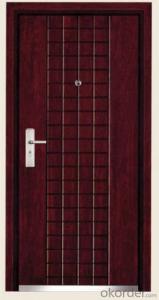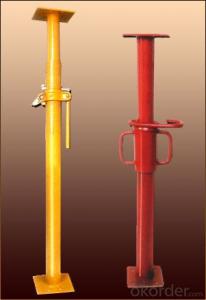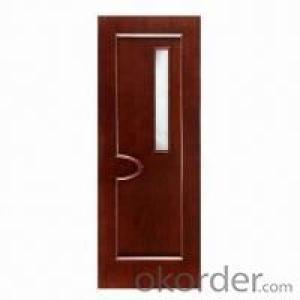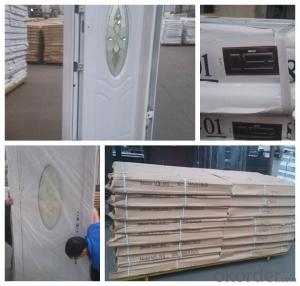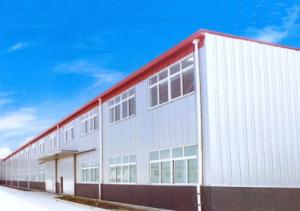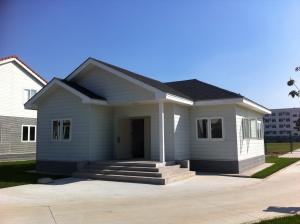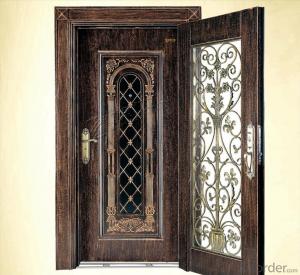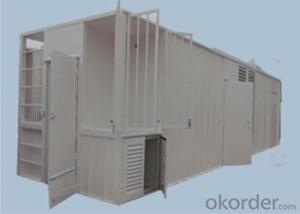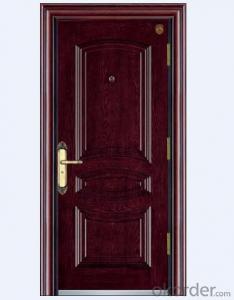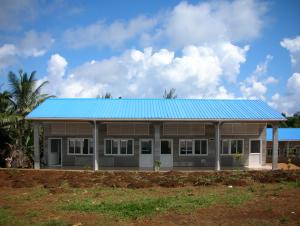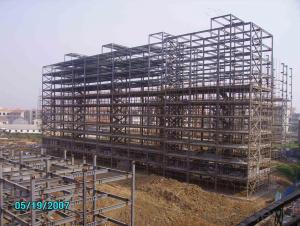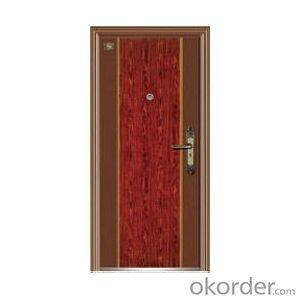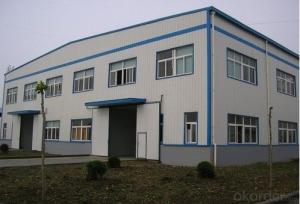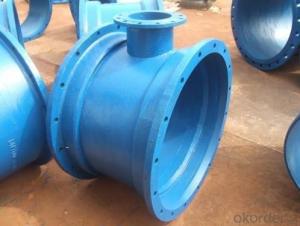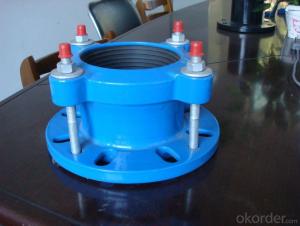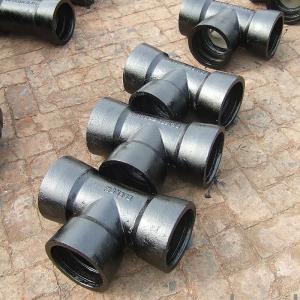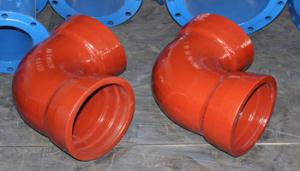Steel Metal Homes
Steel Metal Homes Related Searches
Steel Homes Steel Building Homes Steel Modular Homes Metal Buildings Into Homes Metal Greenhouse Wonder Steel Buildings Steel Arch Buildings Stainless Steel Doors Steel Villa Stone Steel Stainless Steel Metals Post Steel Buildings Metal Stainless Steel Steel Cooking Pans Steel Partition Wall Virony Steel Doors Light Steel Villa Steel Window Awnings Stainless Steel Home Kitchen Metal Cast Iron Engineered Steel Buildings Metal Furniture Company Soundproofing Homes Stainless Steel Sets Diamond Steel Roofing Steel Screws Stone Coated Steel Roof Stainless Steel Near Me Metal Fabric Cast Iron MetallurgySteel Metal Homes Supplier & Manufacturer from China
Steel Metal Homes offers a diverse range of high-quality steel building products, including steel garages, carports, barns, and workshops. These steel structures are designed to withstand harsh weather conditions and provide durability, making them ideal for various residential and commercial applications. The versatility of these steel buildings allows them to be used in a wide range of scenarios, from providing shelter for vehicles and equipment to serving as storage facilities or even living spaces. Their easy assembly and low maintenance requirements make them a popular choice for many homeowners and businesses alike.Okorder.com is a leading wholesale supplier of Steel Metal Homes, boasting a vast inventory of these robust steel structures. With a commitment to providing top-notch customer service and competitive pricing, Okorder.com has established itself as a reliable source for purchasing steel buildings. Their extensive selection ensures that customers can find the perfect steel building to meet their specific needs, whether it's for personal use or as part of a larger commercial project. By offering a wide range of Steel Metal Homes, Okorder.com caters to the diverse requirements of their clientele, making it a one-stop-shop for all steel building needs.
Hot Products

